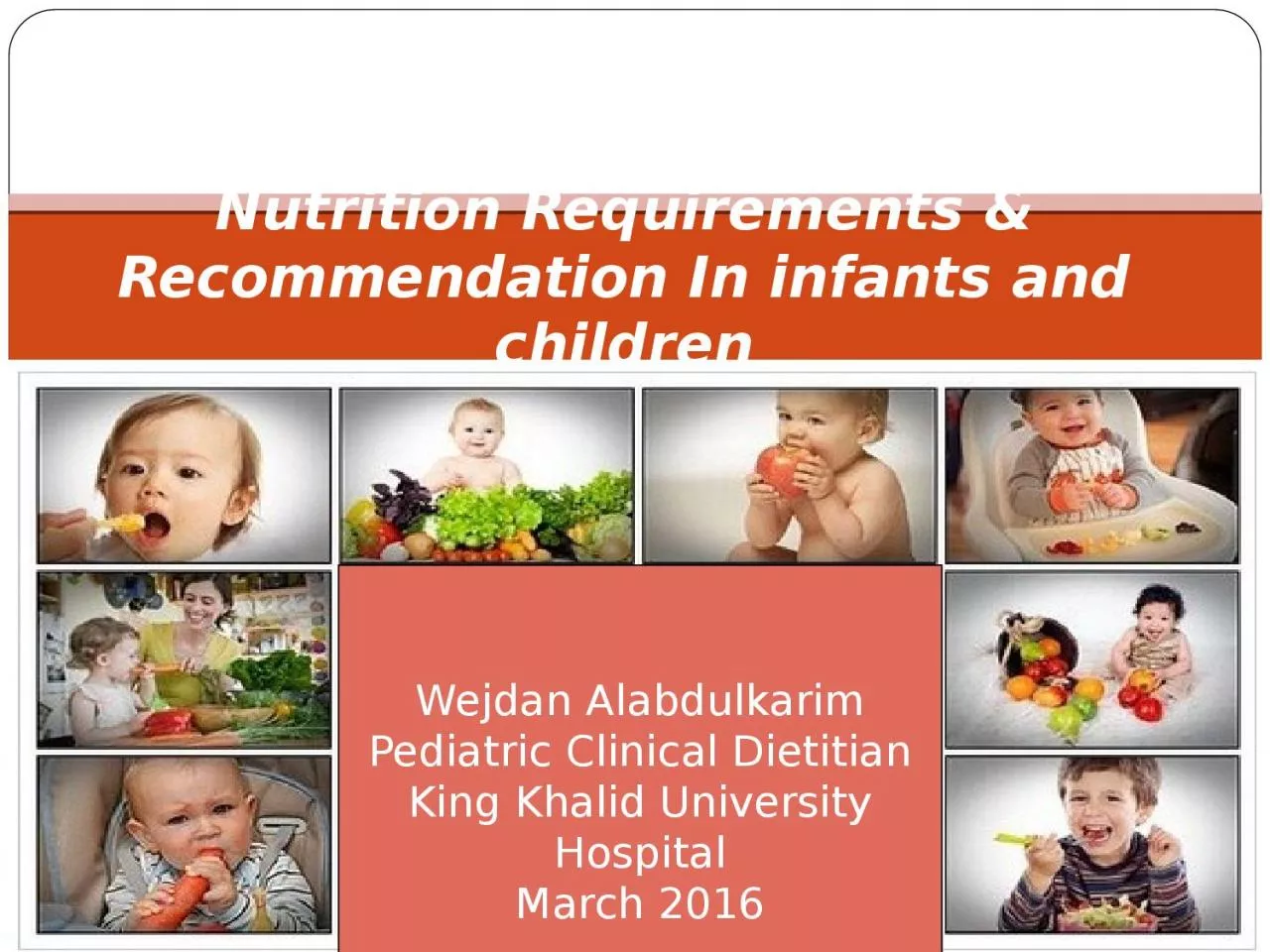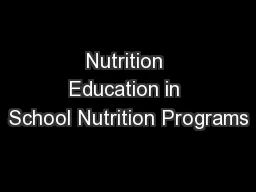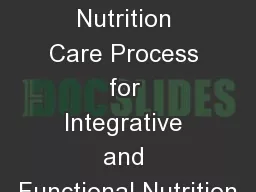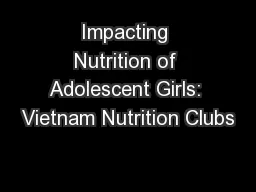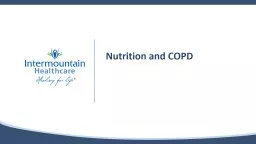PPT-Nutrition Requirements & Recommendation
Author : queenie | Published Date : 2024-03-13
In infants and children Wejdan Alabdulkarim Pediatric Clinical Dietitian King Khalid University Hospital March 2016 Introduction Infants 612 months Food Pyramid
Presentation Embed Code
Download Presentation
Download Presentation The PPT/PDF document "Nutrition Requirements & Recommendat..." is the property of its rightful owner. Permission is granted to download and print the materials on this website for personal, non-commercial use only, and to display it on your personal computer provided you do not modify the materials and that you retain all copyright notices contained in the materials. By downloading content from our website, you accept the terms of this agreement.
Nutrition Requirements & Recommendation: Transcript
Download Rules Of Document
"Nutrition Requirements & Recommendation"The content belongs to its owner. You may download and print it for personal use, without modification, and keep all copyright notices. By downloading, you agree to these terms.
Related Documents

